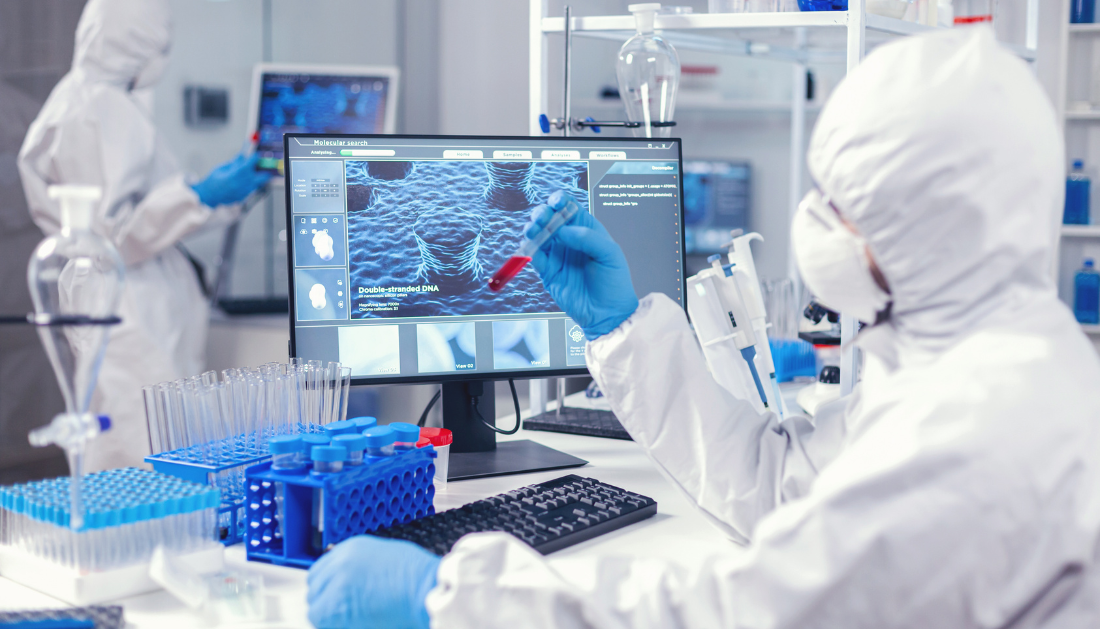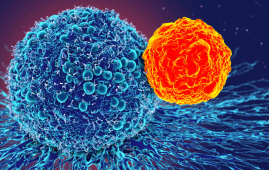

According to a WHO study, around 49 million instances of sepsis occur each year, with 11 million deaths caused by sepsis in 2017. This represents 20% of all global deaths.
It goes without saying that it is critical to obtain timely and accurate information about which germs have entered a patient’s blood so that doctors can prescribe the appropriate drugs to stop the infection. This is where two doctors from northern Norway confirmed a diagnostic breakthrough.
Important for small acute-care institutions
Hege Harboe-Sjåvik from Helgeland Hospital Trust and Kristoffer Hammer Endresen from Nordland Hospital Trust, in partnership with CANS—Centre for New Antibacterial Strategies at UiT The Arctic University of Norway, investigated a new approach for identifying bacteria in blood.
Their work appears in the journal APMIS
During the coronavirus pandemic, few smaller hospitals employed the BCID2 approach to evaluate COVID-19 testing, but it has yet to be deployed in Norway for quick sepsis analysis. The doctors wanted to see if this novel and rapid procedure works as well in smaller hospitals as it does in larger hospitals.
This would represent a huge step toward faster and more effective patient care for suspected sepsis at local hospitals. Smaller hospitals, which are frequently located distant from major laboratories, must identify the bacteria responsible for an infection in order to deliver the appropriate medications more rapidly.
Faster analyses, similarly good outcomes
From July to December 2021, researchers analyzed 160 blood samples with microorganisms collected at Helgeland Hospital Trust in Mo i Rana, Sandnessjøen, and Mosjøen. Rapid testing were conducted at local hospitals, while routine tests were done at a microbiological laboratory at the regional hospital in Bodø.
The doctors in Helgeland received test results two days quicker than before, and they were nearly as accurate as the tests done at the huge laboratory in Bodø, where the bacteria were cultivated in the customary way.
The new technology also demonstrated the possibility of offering improved antibiotic treatment to patients in one out of every four situations.
“The conclusion is that this is a reliable and accurate supplement to standard diagnostics for rapidly detecting bacteria in blood samples. Endresen believes the strategy has significant promise for more targeted antibiotic use in local hospitals.
“This is a novel method with significant potential for improved treatment and equal services at local hospitals. Two days’ faster test findings can have a substantial influence on critically ill patients at local hospitals. According to Harboe-Sjåvik, this can lead to more fair patient treatment by eliminating the need for patients or healthcare professionals to be transferred between hospitals. “These are important findings for a growing patient group at local hospitals.”
“The findings indicate that there are significant prospects for more accurate antibiotic use, and that this tool has the potential to reduce needless use of broad-spectrum antibiotics in local hospitals. “This is critical in the fight against antibiotic resistance,” Endresen says.
In little under 3% of cases, the new test failed to detect the bacteria found in the blood. There were no cases where the fast test detected germs in the blood when none existed, known as false positives.
For more information:
Hege Harboe‐Sjåvik et al, FilmArray (BCID2) provides essential and timely results in bloodstream infections in small acute care hospitals without conventional microbiology services, APMIS (2024). DOI: 10.1111/apm.13374
more recommended stories
 T-bet and the Genetic Control of Memory B Cell Differentiation
T-bet and the Genetic Control of Memory B Cell DifferentiationIn a major advancement in immunology,.
 Ultra-Processed Foods May Harm Brain Health in Children
Ultra-Processed Foods May Harm Brain Health in ChildrenUltra-Processed Foods Linked to Cognitive and.
 Parkinson’s Disease Care Advances with Weekly Injectable
Parkinson’s Disease Care Advances with Weekly InjectableA new weekly injectable formulation of.
 Brain’s Biological Age Emerges as Key Health Risk Indicator
Brain’s Biological Age Emerges as Key Health Risk IndicatorClinical Significance of Brain Age in.
 Children’s Health in the United States is Declining!
Children’s Health in the United States is Declining!Summary: A comprehensive analysis of U.S..
 Autoimmune Disorders: ADA2 as a Therapeutic Target
Autoimmune Disorders: ADA2 as a Therapeutic TargetAdenosine deaminase 2 (ADA2) has emerged.
 Is Prediabetes Reversible through Exercise?
Is Prediabetes Reversible through Exercise?150 Minutes of Weekly Exercise May.
 New Blood Cancer Model Unveils Drug Resistance
New Blood Cancer Model Unveils Drug ResistanceNew Lab Model Reveals Gene Mutation.
 Healthy Habits Slash Diverticulitis Risk in Half: Clinical Insights
Healthy Habits Slash Diverticulitis Risk in Half: Clinical InsightsHealthy Habits Slash Diverticulitis Risk in.
 Caffeine and SIDS: A New Prevention Theory
Caffeine and SIDS: A New Prevention TheoryFor the first time in decades,.

Leave a Comment